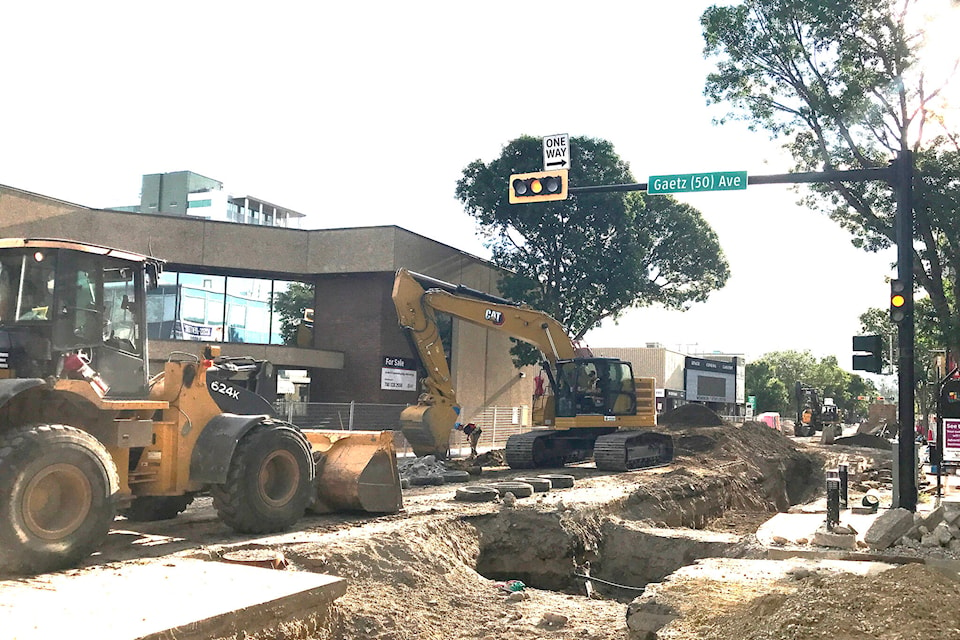The association representing Alberta municipalities said $2 billion set aside by the province over the next three years for communities is not enough.
The provincial budget unveiled on Feb. 28 included $485 million in capital funding in 2023, $722 million in capital funding in 2024 under the new Local Government Fiscal Framework (LGFF) and $813 million in 2025. The amount of operating funding available to municipalities is to double to $60 million from $30 million annually.
Municipal Affairs Minister Rebecca Schulz formally announced the funding on Tuesday and provided more information on what municipalities can expect. Additional top-up funding has been provided to ensure no municipality receives less funding than they got under the Municipal Sustainability Initiative program, which is being replaced by the fiscal framework program.
Alberta Municipalities (ABMunis) says the government’s proposed funding falls short.
“The Government of Alberta had an opportunity to allocate far more than the $2 billion it did over three years and really tackle the province’s $30 billion infrastructure deficit,” said Alberta Municipalities (ABMunis) in a news release on Wednesday. “We believe it falls about $3 billion short of what is needed, and the provincial government’s commitment is well below the historical average.”
Of this year’s $722 million, $382 million has been earmarked for Edmonton and Calgary with the remaining $340 million split among Alberta’s other municipalities.
ABMunis, which represents 270 municipalities, says nothing has been done to address cost-of-living increases experienced by Albertans over the last year.
“It also fails to ensure Albertans will have the infrastructure they need for themselves and the thousands of newcomers our provincial government is trying to attract to stimulate economic development and create long-term prosperity.”
ABMunis credits the province for boosting a revenue index factor included in the LGFF to 100 per cent from the previously proposed 50 per cent. The change means that annual capital funding for municipalities will rise or fall by the exact same percentage as provincial revenues from three years prior.
The minister explained the change in a statement on Tuesday: “The 50 per cent revenue index factor was meant to provide stability in municipal funding in a resource-based economy. However, municipalities said that they wanted full partnership – in good times and in bad – and we’ve listened.
“This will mean a 12.6 per cent increase in funding for the second year of the new formula.”
Rural Municipalities of Alberta (RMA) was also critical of the capital funding allocations. The $722 million for 2023 represents a 37 per cent decrease from MSI funding levels over the last 10 years, says the organization representing 69 municipal districts and counties.
“The budget has left municipalities to continue to shoulder growing infrastructure costs by making no changes Municipal Sustainability Initiative funding in the current year, or more importantly, Local Government Fiscal Framework (LGFF) funding beginning in 2024-25,” says RMA president Paul McLauchlin in an initial analysis released two days after the budget was presented.
“The decision to exclude increased municipal capital support through the LGFF will stall infrastructure investment, especially in rural communities.”
